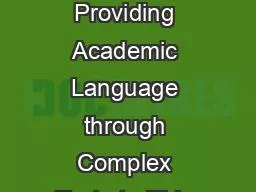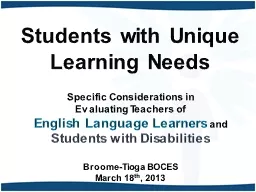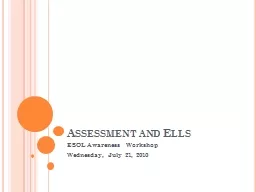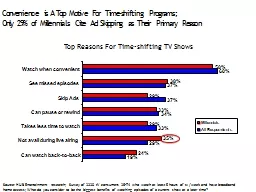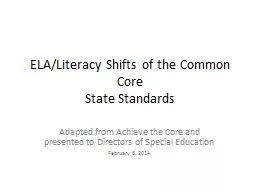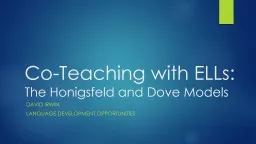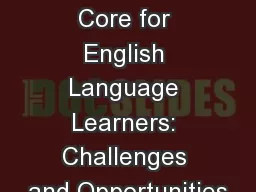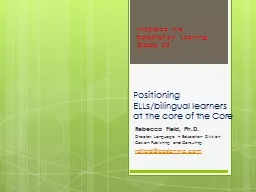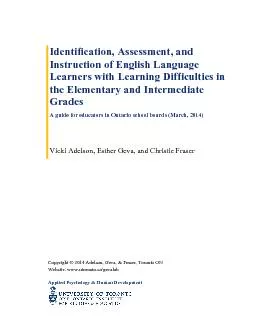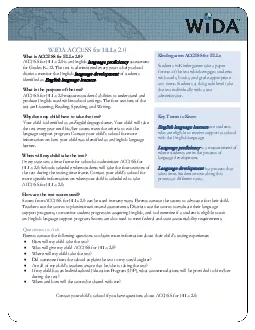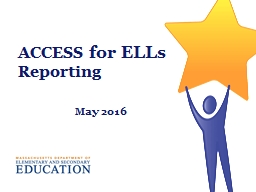PPT-Shifting the Paradigm Providing Academic Language through Complex Texts to ELLs
Author : essencemessage | Published Date : 2020-07-02
October 17 2012 2 46 of BPS students speak a language other than English as their first language BPS students families are from over 100 countries BPS students
Presentation Embed Code
Download Presentation
Download Presentation The PPT/PDF document "Shifting the Paradigm Providing Academic..." is the property of its rightful owner. Permission is granted to download and print the materials on this website for personal, non-commercial use only, and to display it on your personal computer provided you do not modify the materials and that you retain all copyright notices contained in the materials. By downloading content from our website, you accept the terms of this agreement.
Shifting the Paradigm Providing Academic Language through Complex Texts to ELLs: Transcript
Download Rules Of Document
"Shifting the Paradigm Providing Academic Language through Complex Texts to ELLs"The content belongs to its owner. You may download and print it for personal use, without modification, and keep all copyright notices. By downloading, you agree to these terms.
Related Documents

